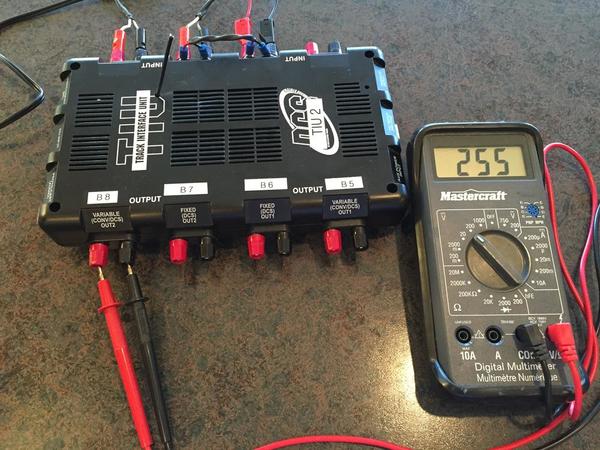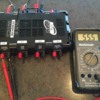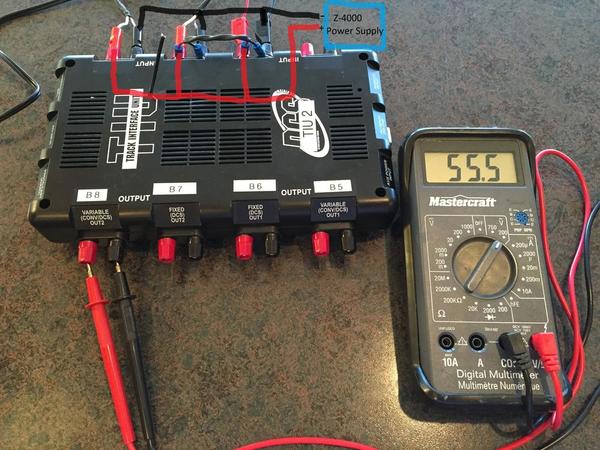Hi everyone,
Could someone tell me which component of a TIU Rev L. is damaged when the following electrical behavior is observed:
As per the images attached, the channel VAR 2 Out is converting the AC input from a Z-4000 to DC (!?!?). This is obvious when analyzed with an oscilloscope, but it makes a normal meter (in AC mode) showing a "weird voltage" of 55 Volts.
(BTW, This is the situation that was reported in post: https://ogrforum.ogaugerr.com/t...388#9595974411703388 , but that post is locked for additional replies)
Here are the images:
Channel FIX 1 Out ==> Normal:
Channel FIX 1 Out ==> Normal:
Channel Var 2 Out ==> Something is broken! what component(s) ??? ) (Somehow getting DC Output)
Channel Var 2 Out ==> Something is broken! what component(s) ??? ) (Somehow getting DC Output)
Thanks,
Daniel


























